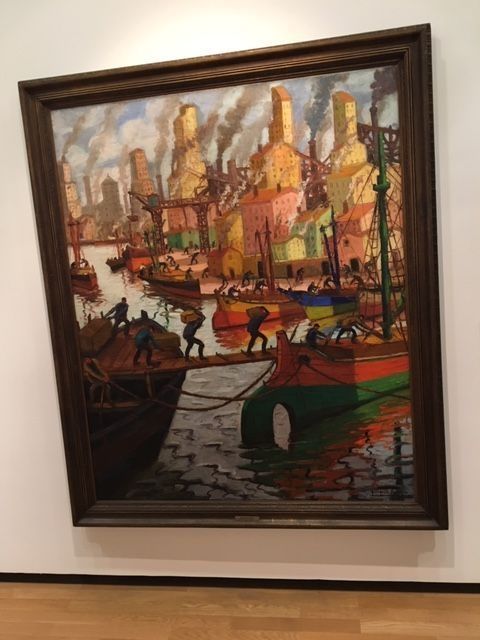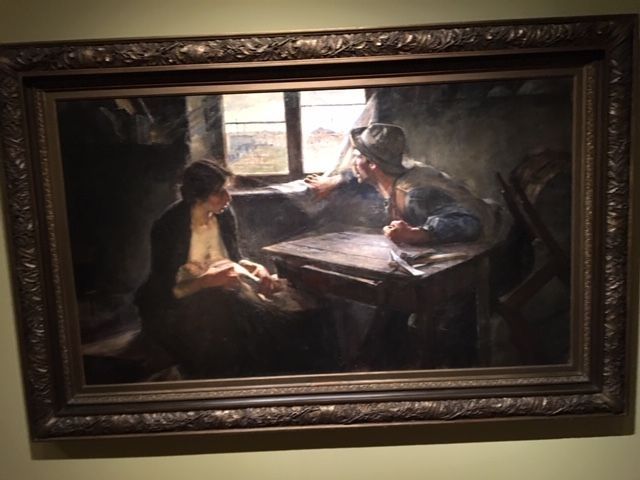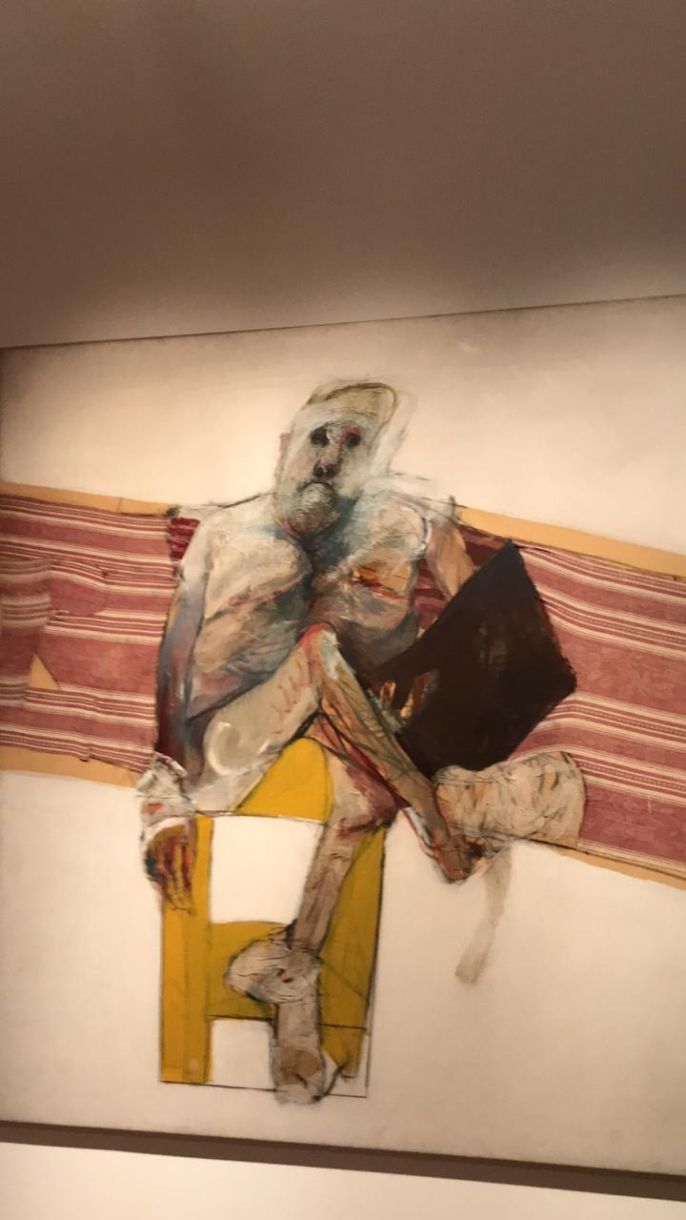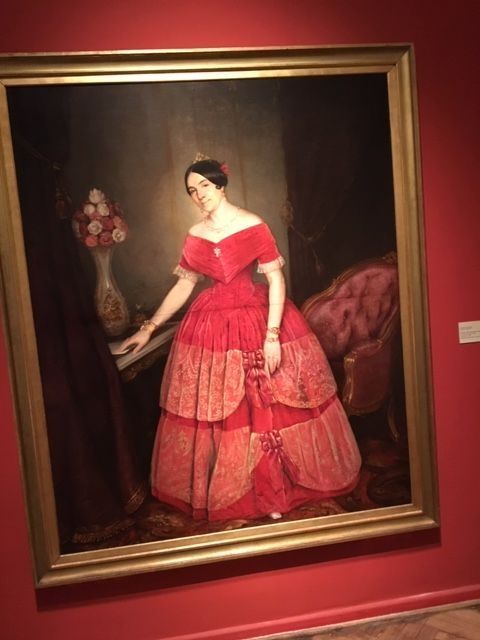Afternoon at the Fine Arts Museum
By Liberal Arts Student, Luke Green
On Friday, me and a couple of friends went to el Museo Nacional de Bellas Artes, in Recoleta, very close to Rio de la Plata. We had to observe and take pictures of different pieces to learn about the history and different movements of Argentinean art for our Spanish Oral Class. The museum was founded in 1896 and from its creation its mission was to have art from all different times in history and to promote Argentine art.
Walking into the museum you get an immediate sense of the beauty. The museum has large columns and a staircase that lead to the doors. There a couple of pieces we were told we had to see for our assignment, including Retrato de Manuelita de Rosas, Un alto en el campo, both by Prilidiano Pueyrredon, a famous Argentine artist. Many pieces have a theme of social commentary having to do with working class people, like Sin pan y sin trabajo (without bread and without work), by Ernesto de la Carcova, and Elevadores a pleno sol, by Benito Quinquela Martin, a work that represents the industrialization of La Boca in the 20th century. La Boca in the 20th century was where many of the Italian immigrants who arrived in the 1930's settled and looked for work in the port. It is also famous for the vibrant colors that can be found throughout the barrio. For that reason Benito Quinquela Martin portrays La Boca as smoke, workers, ships, and colors.
The Museum also features an exhibit of Carlos Alonso from April to J uly. Carlos Alonso is an important Argentinean artist who lived through the dictatorship from 1976 to 1983. Unfortunately, he lost his daughter during the dictatorship and was forced in to exile to Spain, where he would stay until 1982. His work in the museum is heavily focused on the cruelty of war and the evilness of the dictatorship. The collection continues the tradition of the connection between Argentine art and history, and shows the power art has in regards to social commentary. Alonso mixes with a lot of different styles to create a truly unique and powerful work that us a must see for everyone interested in art's relationship with history and politics.
Related Posts
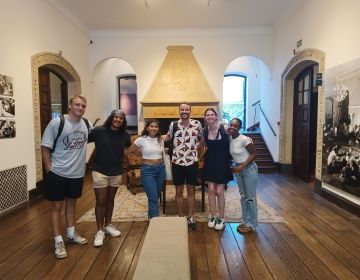
Building transformational leaders
By Professor Bruno Nunes During this Spring block II, in the Transformational Leadership Across Culture course we’ve explored the different political, economic and social leaders and leadership styles, skills, traits... keep reading
Argentine sobremesa
There’s a chalkboard in my host mom’s kitchen that for the past few months has read, “La vida es más linda cuando la compartimos”. I’ve done a lot of reflecting... keep reading
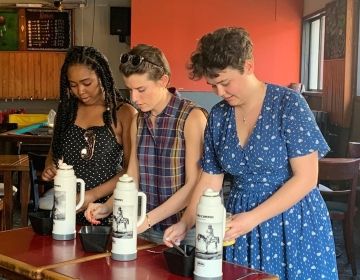
Spanish and Mate: making new friends in Buenos Aires
By Open Campus Student, Kelsey Lynn Dearing CIEE Buenos Aires offers students the opportunity of meeting locals, Porteños, at Mate Club. Every Tuesday, Thursday and Saturday Argentineans seeking for new... keep reading
